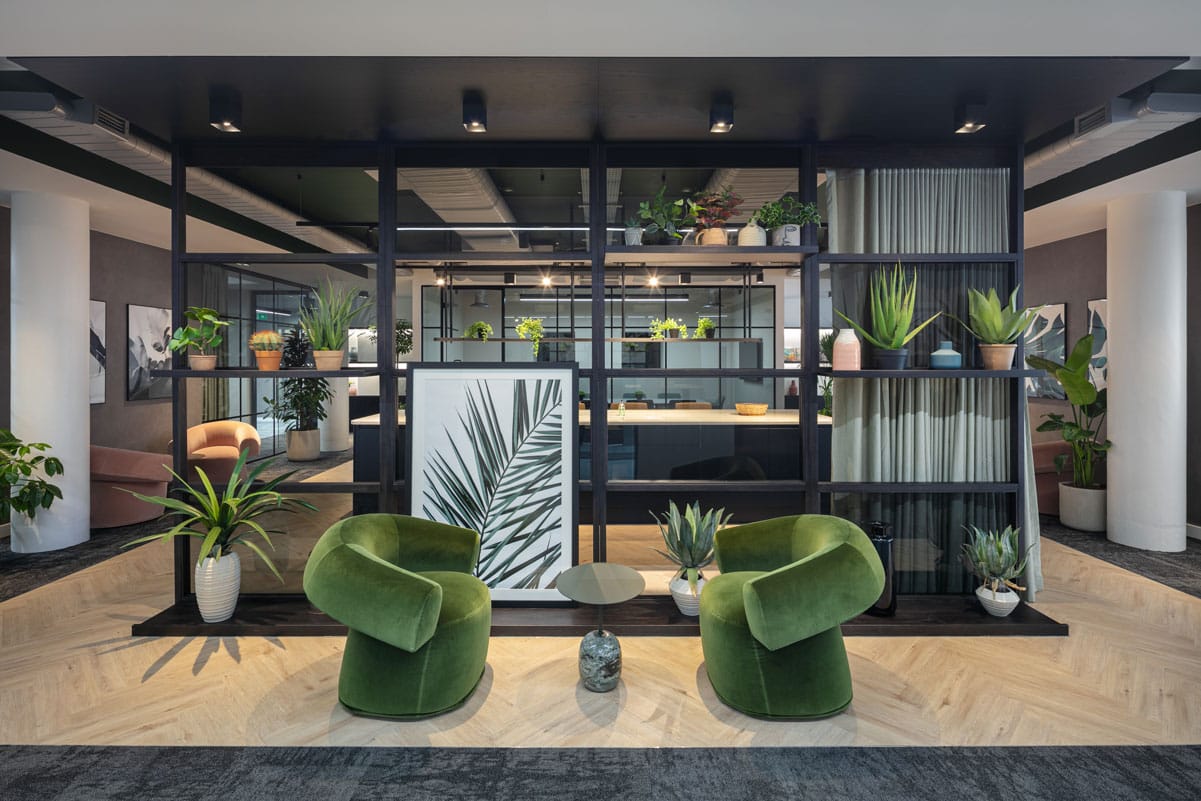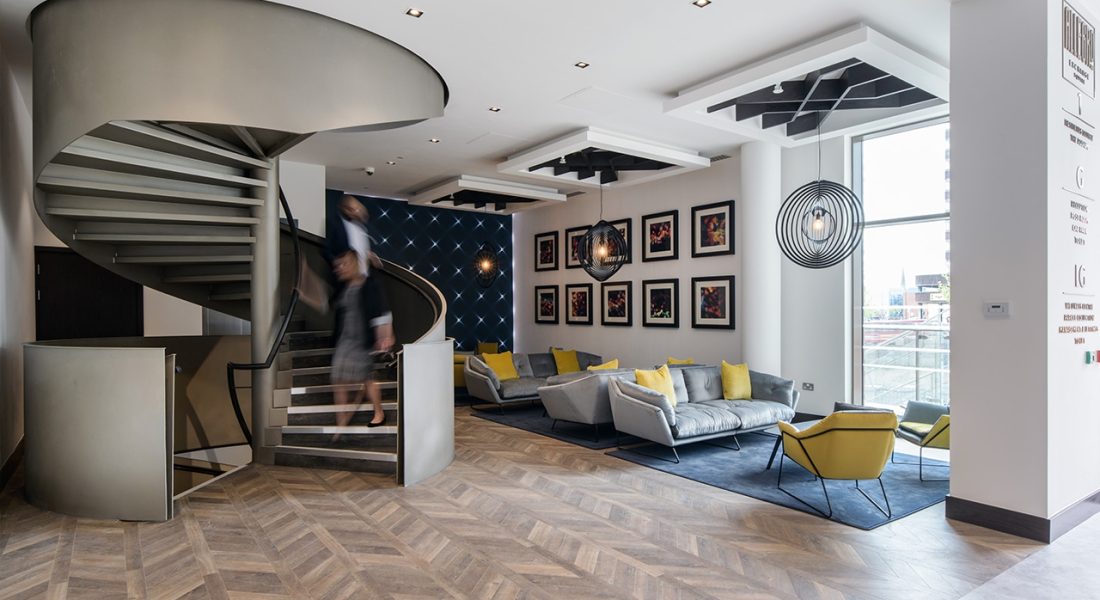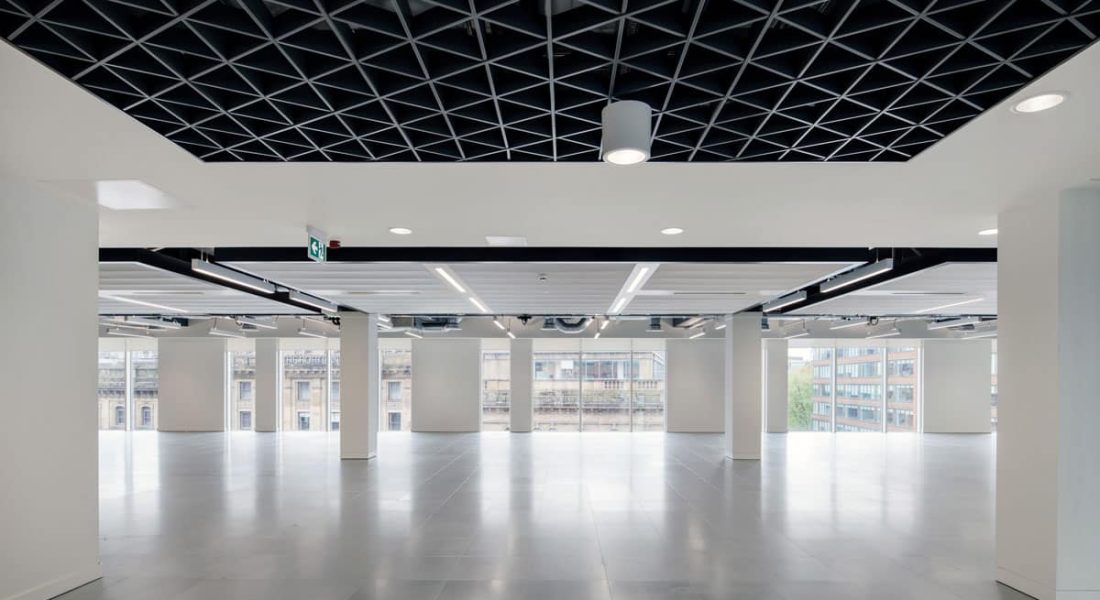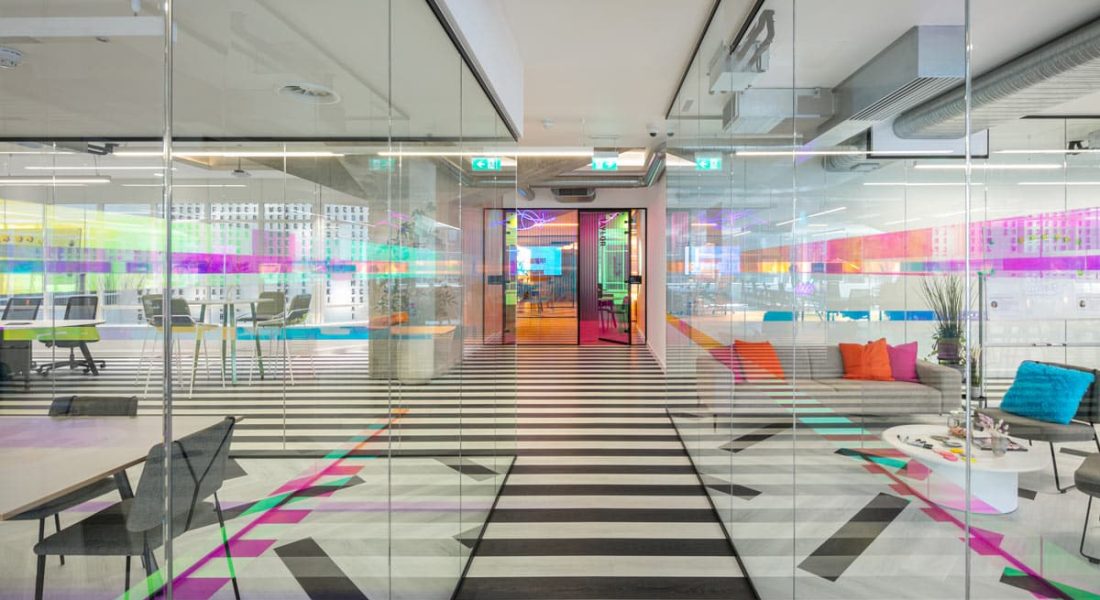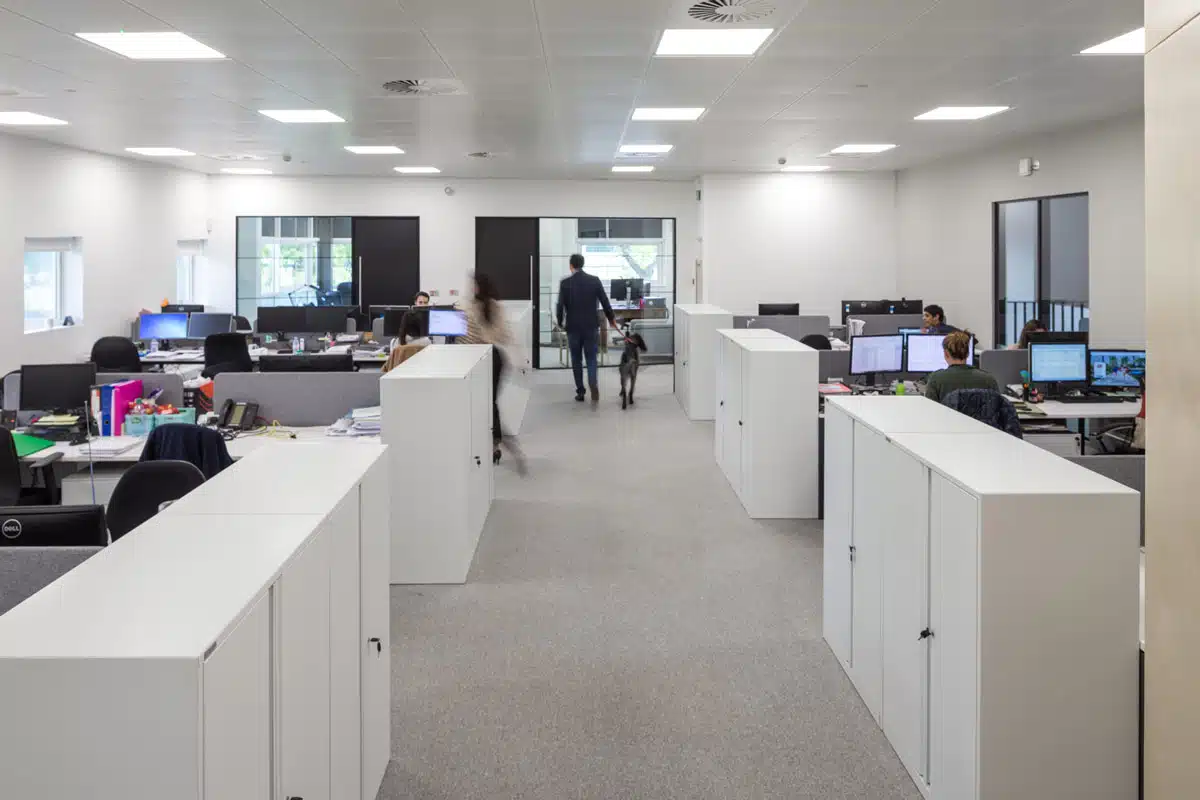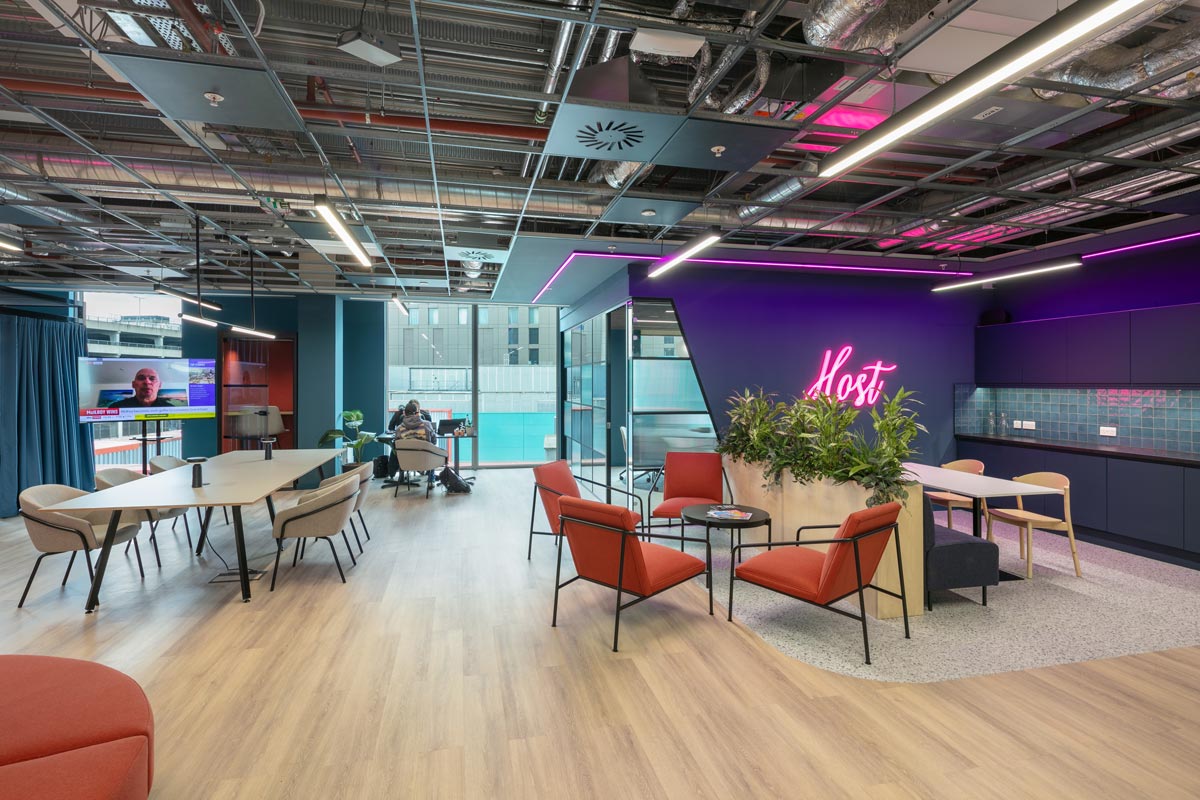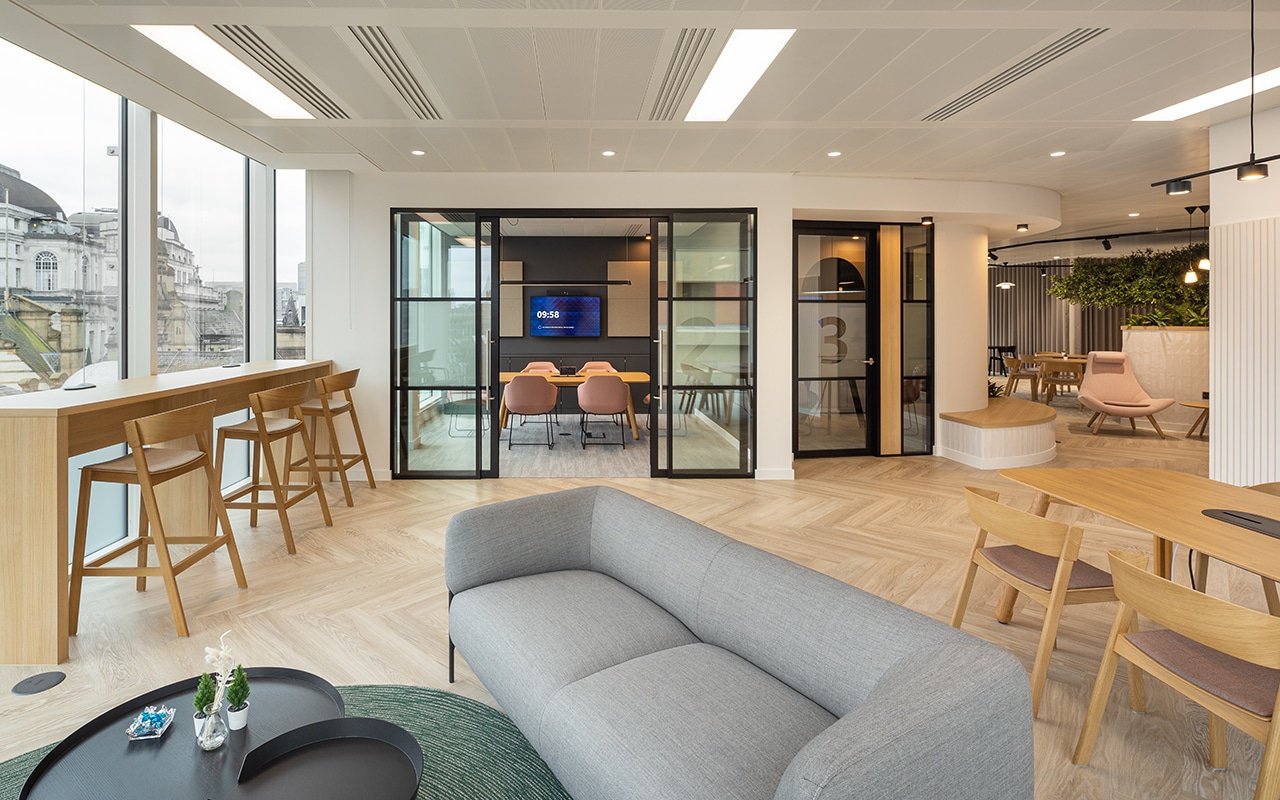An office fit-out project is a significant investment—one that impacts not just your physical workspace, but also your team’s productivity and overall business performance. With so many moving parts involved, choosing the right time to begin your office fit-out project can make the entire process smoother, more cost-effective, and less disruptive.
In this guide, we explore the best periods to plan and begin a fit-out, along with the key factors to consider when scheduling your workplace transformation.
Why Timing Matters in an Office Fit-Out
Before diving into specific timelines, it’s important to understand why timing is such a critical element in a fit-out project. A well-timed fit-out can:
- Align with your financial year or budget cycles
- Minimise disruption to day-to-day business operations
- Ensure better availability of contractors and materials
- Allow for seasonal advantages, such as more daylight and favourable weather
On the other hand, a poorly timed fit-out may cause delays, lead to cost overruns, and even affect staff morale.
Plan Ahead: The 6–12 Month Rule
One of the most consistent pieces of advice across industry experts is to start planning your office fit-out at least six to twelve months before your desired move-in date. Early planning allows time for:
- Budget approvals
- Design consultations
- Tender processes
- Lead times on materials
- Legal or lease negotiations
Rushing the process can compromise the quality of the final result. A structured timeline gives you room to make informed decisions, seek employee input, and manage any unexpected delays without stress.
Seasonal Considerations
Spring and Summer
Winter and Year-End Periods
Aligning with Lease Events and Business Cycles
It’s also crucial to take into account your lease terms. Starting a fit-out project close to a lease break or renewal window can offer flexibility and help negotiate favourable terms. If your lease is ending, you’ll need to build in time for dilapidation works at your current premises too.
From a business operations perspective, avoid scheduling your fit-out during your peak trading periods or busy project delivery months. Choose quieter periods in your calendar to maintain productivity and focus.
Managing Lead Times and Supply Chains
Material availability and supply chain delays remain a consideration for most construction-related projects. Furniture, fixtures, and equipment can have long lead times—particularly if you’re sourcing bespoke items or working to sustainable procurement standards.
Working with an experienced office fit-out partner early in the process can help flag these risks. They can also provide alternative product suggestions that meet your brief without compromising the timeline.
Contractor Availability and Project Resourcing
Like many industries, contractor availability fluctuates throughout the year. Spring and early autumn often see higher demand, which can affect both scheduling and cost. Engaging your delivery team early secures your preferred contractors and allows more accurate planning.
Furthermore, allocating internal resources—such as project leads or relocation managers—is easier when the fit-out is planned well in advance. Staff can focus on both the fit-out process and their core roles without being overstretched.
Internal Communication and Staff Engagement
Conclusion: Timing Your Fit-Out for Success
While there’s no one-size-fits-all answer, the best time to begin your office fit-out is when it aligns with your lease cycle, business activity, and internal readiness. Starting the planning process 6–12 months ahead, avoiding peak work periods, and taking advantage of quieter seasons are all smart strategies.
At ADT Workplace, we work with clients to create tailored timelines that reflect their business needs and minimise disruption. Whether you’re relocating, redesigning, or expanding, we’ll help you get the timing right and deliver a workspace that’s built for the future.

